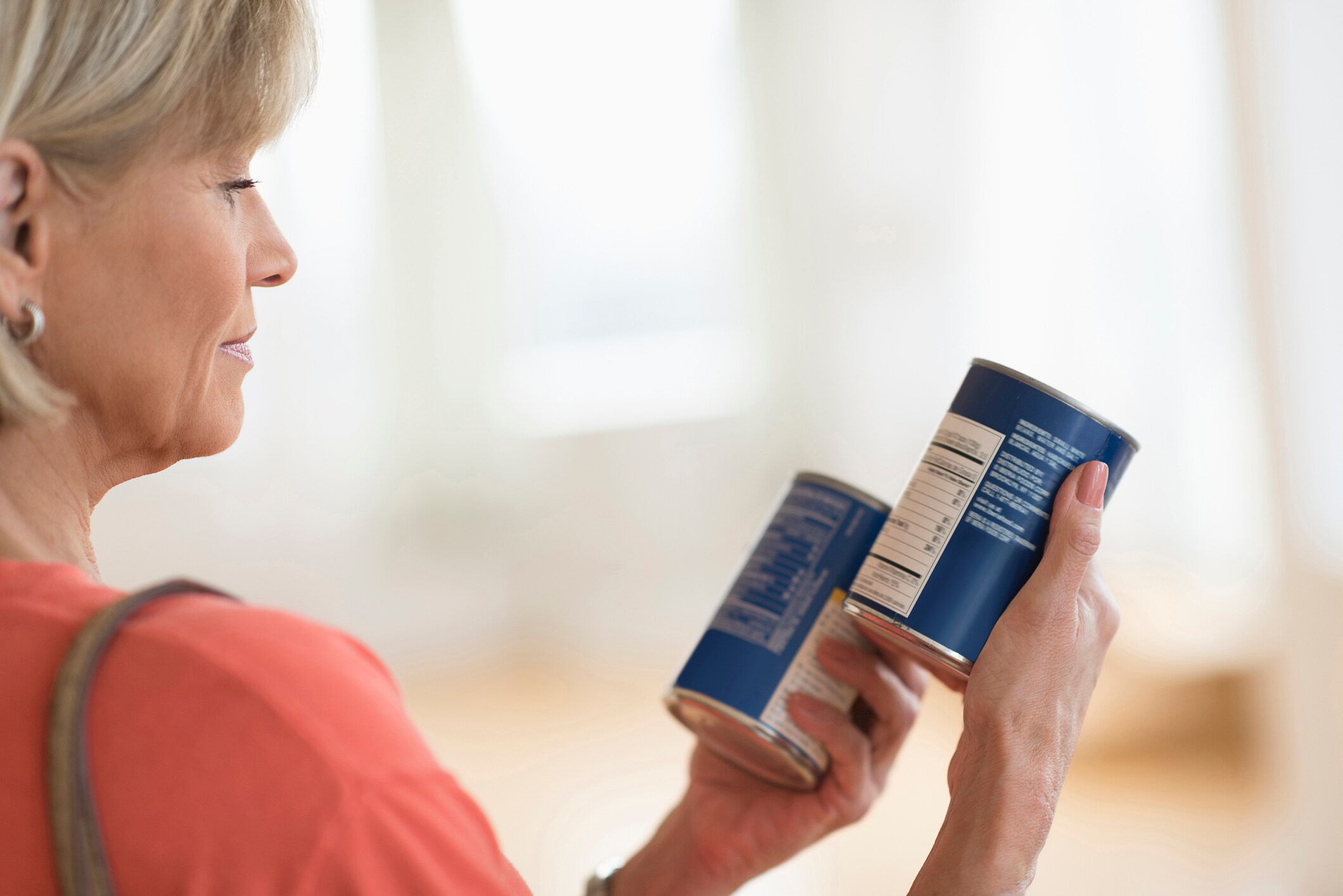 I recently had an article published in Food Manufacturing that summarized how checkweigher innovations help address food processing challenges, including brand integrity, the bottom line, and regulatory compliance. You can read that Food Manufacturing article to catch up on the latest checkweigher innovations, but today I wanted to address regulatory compliance.
I recently had an article published in Food Manufacturing that summarized how checkweigher innovations help address food processing challenges, including brand integrity, the bottom line, and regulatory compliance. You can read that Food Manufacturing article to catch up on the latest checkweigher innovations, but today I wanted to address regulatory compliance.
Food manufacturers use checkweighing to ensure that the weight of a packaged product being shipped out the door matches the weight on the label, and confirm that all the intended pieces are included in the final package. A checkweigher weighs every product in motion. It classifies, counts and rejects products that are off spec, which helps food processors to meet throughput and legal requirements.
The US Food and Drug Administration (FDA) has set guidelines and regulations for the food industry, especially when it comes to labeling products. The FDA is responsible for assuring that foods sold in the United States are safe, wholesome and properly labeled. Included in those guidelines are statements that relate to ensuring that what manufacturers say on their label matches the actual content of the package:
“The net quantity of contents (net quantity statement) is the statement on the label which provides the amount of food in the container or package. It must be expressed in weight, measure or numeric count. Generally, if the food is solid, semisolid or viscous, it should be expressed in terms of weight. If the food is a liquid, it should be expressed in fluid measure (e.g., fl oz). 21 CFR 101.105(a)(b)(c).”
The FDA CFR – Code of Federal Regulations Title 21 states that:
“The act of delivering the wrapped clusters (consumer units) during the retail sale without an accurate net weight statement or alternatively without weighing at the time of sale shall be deemed an act which results in the product’s being misbranded while held for sale.”
Section 502 of the Federal Food, Drug and Cosmetic Act (FFDCA) contains provisions on misbranding including some that relate to false or misleading labeling. “A device’s labeling misbrands the product if:
- Its labeling is false or misleading in any particular;
- It is in package form and its label fails to contain the name and place of business of the manufacturer, packer, or distributor and an accurate statement of the quantity of the contents in terms of weight, measure, or numerical count…”
A tray of chocolates with one empty spot can be an embarrassment that can hurt your brand. A bag of coffee beans that contains an ounce more than the customer expected would be costly to the business. But for some businesses, under- or overfill is a much more serious situation, as witnessed by one lab that worked with the FDA to have a voluntary recall of its product. The affected lot may have contained some tablets exceeding weight requirements which may lead to super-potent tablets, which could adversely affect health. Another lab delivered empty capsules in its 100-count bottles. A checkweigher may have been able to catch those errors if the weight was off-spec and didn’t meet the net content numbers on the label.
With the trend of single serving packaging for snacks and meals, checkweighers are becoming even more important to help ensure accurate weight control; an extra ounce added to each single serving multiplied by the tens of thousands of packages going out the door will add up to a lot of lost profit. Even worse, because the portions are much smaller in a single-serve container, a customer will notice immediately if they have been shortchanged in product. And recalls could mean millions of products instead of thousands. Controlling underfill and overfill in your packaged food to meet legal requirements will become even more difficult without the right technology in place.
And there are legal consequences for selling misbranded products. These consequences can range from warnings to recalls to felony prosecutions.
As outlined in the Food Manufacturing article:
Another major driver toward checkweighers today is the nutritional aspect of packaged or fresh foods. Health-conscious consumers scour these items for a variety of nutritional information ranging from ingredient content to percentages of protein, fat, sodium and more. If the weight is not correct, neither is the specific data (percentages, grams, etc.) reflected in the label. With portion control being a strong focal point in many dietary plans, it’s important to meet portion control expectations.
Now it’s one problem to have the government question your label, but it’s entirely different to have a hungry dieter find out there wasn’t enough protein or there was too much fat in your product compared to the label they carefully read.
Read the Food Manufacturing article, or the Infographic outlining 10 Ways to Save Money Using Checkweighing.
Need help figuring out which checkweigher is best for your business? Here’s a Checkweigher Selection Guide.




Leave a Reply